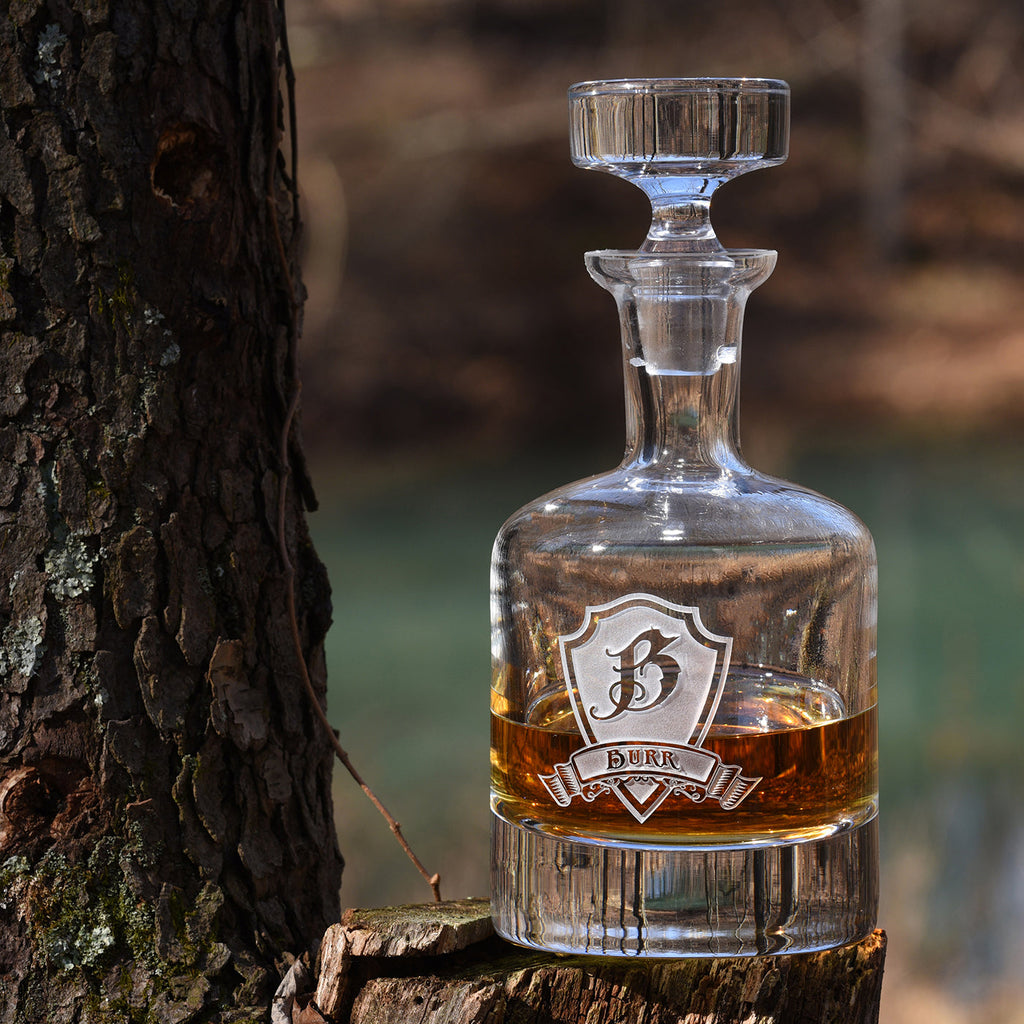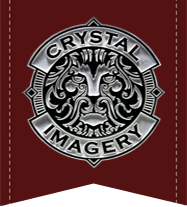Wheated or Straight: Filling Your Personalized Whiskey Decanter

Wheated or straight? That is the question. So how do you answer it? You may have already enjoyed a bottle of wheated whiskey, usually bourbon, without even realizing it. They are often smooth and easy to drink. But you wouldnÕt necessarily know it was wheated because distillers arenÕt required to note whether a bourbon is wheated or not. Yet you can often tell based on the whiskeyÕs smoothness. If you are trying to decide how to fill your personalized whiskey decanter in your home bar, you might want to choose a wheated bourbon. To help you decide, hereÕs everything you need to know about wheated whiskey and how it differs from straight whiskey.
Ê
What Is Wheated Whiskey?
Legally, bourbon must be at least 51% corn in the mash bill and aged in charred American oak barrels. The rest of the mash bill is usually made up of rye and malted barley. Wheated whiskey replaces either part or all of the rye portion with wheat. When distilled, it canÕt be more than 140 proof. By the time you pour it into your personalized whiskey decanter, it can be no more than 80 proof. This means it still meets the legal requirements to fall into the whiskey category, simply with a distinct flavor.
Ê
The History of Wheated Bourbon
Most whiskey connoisseurs credit William LaRue Weller with creating the first wheated bourbon. This distiller went through mergers, including the famous Stitzel-Weller distillery. To this day, Buffalo Trace, which now owns the Weller brand, continues making plenty of wheated whiskeys. MakerÕs Mark is likely the most popular name for a wheated whiskey option that might grace your personalized whiskey decanter today. Others include Weller Special Reserve and the cult favorite Pappy Van Winkle.
Ê
The Wheat Difference
Rye has bold, spicy, and sharp flavors. On the other hand, wheat is much milder. Replacing the rye with wheat helps tame the bourbonÕs bite. It softens the edges, smooths out the whiskey, and adds a sweetness. Plus, itÕs not uncommon for distillers to use more than 51% corn, which also contributes to sweetness. In wheated whiskey, distillers donÕt often go above the minimum. The corn and the wheat interact, making it sweeter than the typical bourbon. Wheat is more subdued, especially compared to rye, so it allows the sweetness to come through.
Ê
The Science of Wheat
Long starch molecules must be broken down into shorter sugar molecules during fermentation. Yeast eats these sugars and produces alcohol. There are enough enzymes in malted barley and a few other grains to break down both their starches and other starches in the mash. Wheat, however, is elastic. It can plug up stills. Adding barley helps break down the wheat starch. On top of that, wheat is readily available. It helped distillers like Weller distinguish themselves from Kentucky whiskies, from a state that commonly grows a large amount of rye.
Ê
Flavor Profiles for Your Personalized Whiskey Decanter
As noted, flavor profiles for wheated bourbons are much sweeter than bourbons made with rye. Fruit and floral flavors come through more. Honey and toffee flavors come from the grains, while the barrels contribute oak and vanilla flavors. Some mash bills contain both wheat and rye. This can help create even more complex flavors, especially in conjunction with other grains to help vary the flavors. You can conduct an easy test to understand the difference between wheat and rye whiskies. Try a piece of rye bread and then a piece of wheat breadÑyou can expect a similar distinction between wheated bourbon and straight whiskey. Because they arenÕt as spicy, wheated options are an excellent introduction to bourbons.
Ê
About Crystal Imagery
In 2001, Eric Schuchart decided to take up making personalized engraved glasses as a hobby. His friends and family loved the glasses. Schuchart turned it from a hobby to a full-time job in 2013. Eric was joined by Sherri Blum, a noted interior designer for celebrities, to help start the endeavor. Now, Crystal Imagery utilizes two etching techniques. The first is a deep etching technique that produces a depth and shadow that typical rotary surface etching methods canÕt match. The second is a UV laser etching, which offers a crisp, precise etching that cuts the surface, unlike competitorsÕ CO2 lasers. Crystal Imagery offers personalized whiskey glasses, flasks, customized beer glasses, and many other glassware options.
Ê
Explore custom glasses and a personalized whiskey decanter for your wheated whiskey at crystalimagery.com
